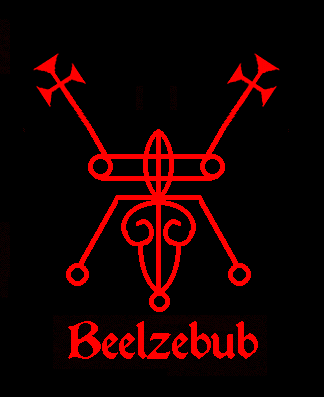

کسانی که به بیلزباب نزدیک هستند می دانند که او همان انلیل است. این سخن از طرف شخص اوست. انلیل "بِل" اصلی بود که بعدا به "بعل" تبدیل شد. بعل به معنی "ارباب"، "استاد"و "بعل شاهزاده" است. بیلزباب/انلیل خدای محبوب و شناخته شده ای بود که شهرهایی به نام خود با پیشوند "بعل" در سراسر خاورمیانه داشت.
بیشتر کسانی که راجب سحر و جادو تحقیق کردند، میدانند که او بسیار به شیطان نزدیک است و هر دو آن ها، انلیل و انکی، به دوران "ابتدای زمان" در زمین برمیگردند. بیلزباب برادر ناتنی پدر شیطان است. در آخر، او همراه با بردارش ای آ/ شیطان و آستروف در گریمور ها به عنوان یکی از ولیعهد های جهنم شناخته شد، و مانند خدایان پاگانیسم مان، صفت "پلید" به او برچسب زده شد.
بیلزباب بیشتر به عنوان خدای فلسطینیان شناخته می شود، او بر شهر عقرون حکومت می کرد. او دومین فرمانده پس از شیطان است. فلسطینیان باستان او را تحت نام «بعل الذباب» می پرستیدند. بیلزباب"ارباب همه مگس ها" است. در هر جا که پرستش میشد به خدای آب و هوا و هواشناسی شهرت داشت. او همچنین هنگام آمدن نِفیلیم ها به زمین، راه های هوایی را کنترل میکرد. نام او توسط عبریان به معنای "ارباب مگس ها" تحریف شد.
بیلزباب به دعواهای بین سیتنیسم هایی که وقف کرده اند رسیدگی میکند. شیطان خواهان اتحاد است و بِعل الذباب آن را برقرار میکند. او میتواند بسیار سخت گیر باشد چون شیطان فحش دادن یا نفرین کردن سیتنیسم هایی که وقف کرده اند به همدیگر را تایید نمیکند. در میان بسیاری از سطوح مسئولیت هایش، بعل الذباب حامی تمامی مشرق (خاور دور) و هنر های رزمی است و فرهنگ آسیایی به شدت تحت تاثیر او قرار داشته است.
از کاهن اعظم ماکسین:
"اولین باری که او را دیدم زمانی بود که از او خواستم در درست کردن این صفحه به من کمک کند. او با موهای پلاتینه نقره ای و ابروهای تیره تر در حالی که ردای سفیدی پوشیده بود در برابر من ظاهر شد. این اولین بار بود که او را می دیدم. من خیلی وقت پیش صدای او را شنیده بودم و صدای زمخت و گرفته ای داشت، اما به تازگی زمانی که با من صحبت میکرد، آن زمختی و گرفتگی از بین رفته بود. این احتمالاً به این دلیل است که او اکنون آزاد است."
ازکاهن اعظم کبرای کلاه پوش:
"مفهوم نام بعل، شاه و ارباب است. بیلزباب همیشه به پادشاهی، فرمانروایی، قوانین کیهایی و قدرت مطلق ارتباط داشته و با اسم های مختلفی بلندرمرتبه ترین خدا در بیشتر تمدن های مختلف پاگانی بوده است. برای رومیان، او ژوپیتر بود و برای یونانیان، او زِئوس بود، که هر دو در داشتن صفاتی مانند رعدو برق جاودان ،کنترل آب و هوا، قدرت پادشاهی یا بخشنده قدرت و ثروت مشابه هستند. او استاد معنویت است و به مردمانش علاوه بر قدرت مادی، هدیه های معنوی نیز میدهد که نتایج آن، آگاهی و درک معنوی است. او پشت برخی از بهترین امپراتوری ها از نظر فیزیکی و معنوی و لیدرها و شخصیت های تاثیر گذاری که تاریخ را به شدت تحت تاثیر قرار دادند، بوده است. او نماد فرمانروایی، دنیوی و کیهانی است. او حامی افراد تاریخی مهمی مانند الکساندر بزرگ است. او هزاران هزار سال است که با ما است."
سیگل های بیلزباب:

|

|
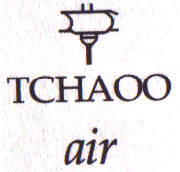
|
هروگلیف مصریان برای کلمه هوا و باد بسیار شبیه به یکی از سیگل های بیلزباب است. تغییر شکل تدریجی در اش واضح است. میخوام این نکته را برسانم که بیلزباب "شاهزاده هوا" است. طوری که دشمن خدایان ما را تحقیر میکند و ادعا دارد بیلزباب "ارباب مگس ها" است حال مرا بهم میزند. در خیلی از گریمورهای کشیده شده بوسیله یهودیان، علاوه بر تصاویر هیولاشکل از خدایانمان، از بیلزباب مگس های زشتی کشیده اند. |
همزمان با نابود شدن دانش باستانی به وسیله یهودیان و مسیحیان، تقریبا تمام دانش و اطلاعات راجب بیلزباب هم از بین رفت. مسیحیان به ازادی کفر میگفتند و هر جور که دلشان میخواست به خدایان اصلی تهمت میزدند و آنها را بدنام میکردند. چون به دلیل تخریب شهرها، کشته شدن گسترده مردم هدن(این کلمه معادل فارسی دقیق ندارد و از معانی آن میشه به افراد غیر مسیحی،غیر مسلمان و پرستشگر طبیعت اشاره کرد) و از بین رفتن معابد، کتابخانه ها و اسناد آن ها، دیگر مخالفی باقی نمانده بود؛ نسل های جدید هیچ منبع دیگری به جز کتاب مقدس یهودی/مسیحی نداشتند که به آن مراجعه کنند.
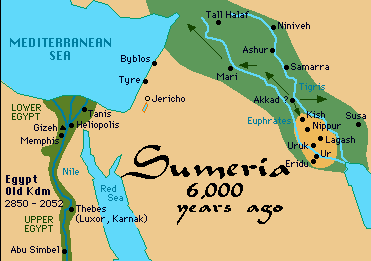
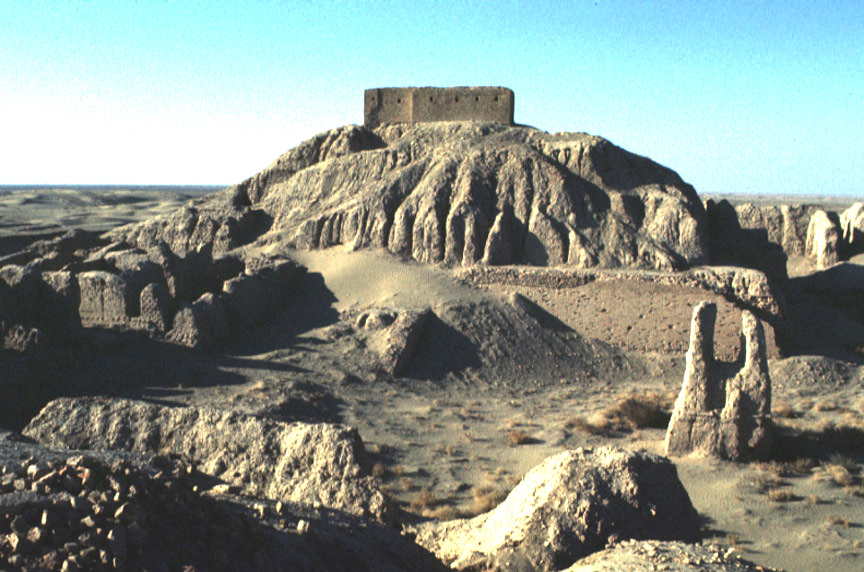
زیگوارت او در نیپور "فی-ارن-بار-سگ"(Fi-irn-bar-sag) نام داشت. او خدایی است که صاعقه و آذرخش خود را بر دشمنان شیطان می افکند. [این مورد برای بیشتر از یک کلیسا مسیحی اتفاق افتاده است. او خدای بخشنده ای که زندگی میبخشد و از زندگی محافظت میکند، دانسته میشود که از مردمانش، جانوران صحرا، پرندگان بهشت و ماهی های دریا محافظت میکند. انلیل (بیلزباب) هم خدای جنگ و هم خدای صلح است؛ او نابود کننده و محافظ، دفاع کننده، بازسازنده، سازنده، مخالف، خشن و بسیار مهربان است
برای لذت بردن از نعمتهای او، باید وارد رابطه صحیح با او و شیطان شوی. او فرمان های شیطان را اجرا و اجبار میکند.
انلیل/بیلزباب یک "محافظت کننده و زندگی بخش" است." "هرچند که او در برابر دشمنانش خشن و نابودگر است، اگر موضوع مردمان و سرزمین خودش باشد، میتواند بسیار بخشنده، مهربان و دلسوز باشد. او از مردمانش در برابر حملات دشمن با کشیدن دیوار های بلند اطراف خانه هایشان یا تبدیل کردن خود به پناهگاه یا خانه ای برای آن ها، از آن ها محافظت میکند؛ پیچ و مهره های آن را طوری محکم می بندد که دسته های دشمن نه می توانند از آن بالا روند یا بر آن غلبه کنند و نه می توانند از دروازه آن وارد شوند."
"اگر مردمانش به باران محتاج باشند، دروازههای بهشت را میگشاید، بستهایش را شُل میکند و میلهها و پیچهایش را باز میکند تا بارانهای پربار مزارعشان را سیراب کند؛ یا ممکن است این کار را برای غرق و نابودی دشمن انجام دهد."
متن زیر یک سرود باستانی سومری برای انلیل/بیلزباب است:³
"او از زندگی انسان ها و حیوانات محافظت میکند. در این کار، حتی کوچکترین و بیارزشترین را هم که تبدیل به جوانه میشود، نادیده نمیگیرد، ای تو که دانه هستی."
مردمان بابل باستان از مهربانی دلسوزانه، حمایت و محافظت انلیل بسیار شگفت زده بودند و با فریاد زدن "او که محافظت می کند [حمایت می کند]" انلیل را ستایش می کردند.
انلیل از قدرت فوق العاده و نفوذ بالایی برخوردار است. نماد نفوذ بالای او، عصای سلطنتی خالص و درخشانی است که حمل میکند یا در دستانش نگه میدارد. او بر اساس اختیار شیطان عمل میکند. البته عصای درخشان بیلزباب، تنها نماد نفوذ، نیرو و قدرت نیست، بلکه قلمی در دستان بیلزباب است؛ او یک کاتب است؛ به این معنی که او خواسته ها و تصمیمات شیطان را مینویسد.
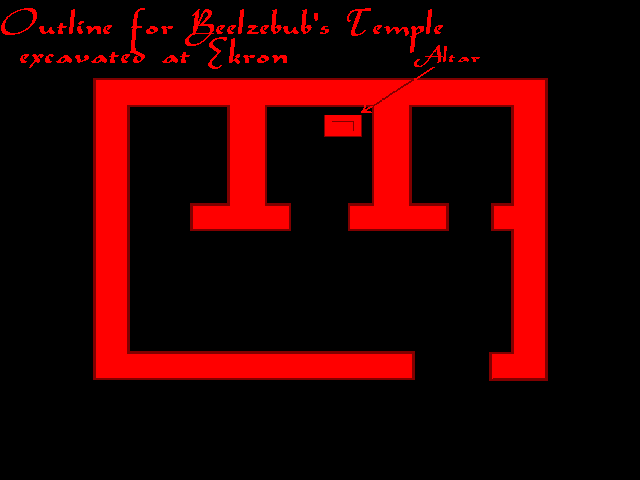
منابع:
¹ Sumerian Hymns and Prayers to God Nin-Ib از کتابخانه معبد Nippur
توسط Hugo Radau
فیلادلفیا منتشر شده توسط Department of Archeology, University of Pennsylvania 1911; صفحه ۲۱
² Ibid, صفحه ۲۳
³ Ibid صفحه ۲۵
۴ Ibid صفحه ۲۷
*از Lord Beelzebul مستقیماً به کاهن اعظم Hooded Cobra

بازگشت به صفحه خدایان رده بالا و پرنس های تاجدار جهنم